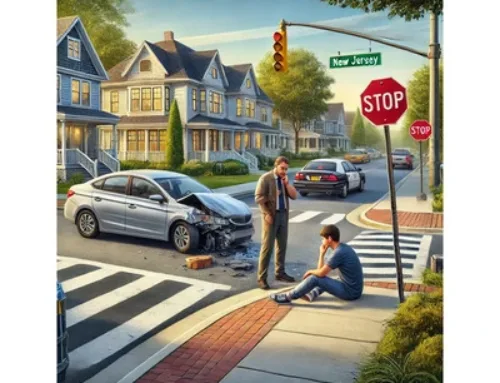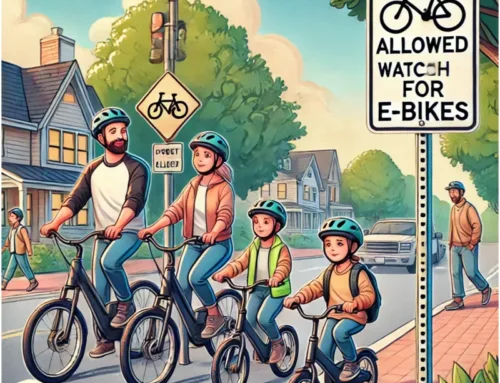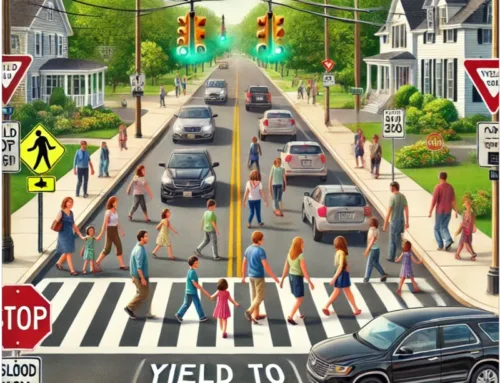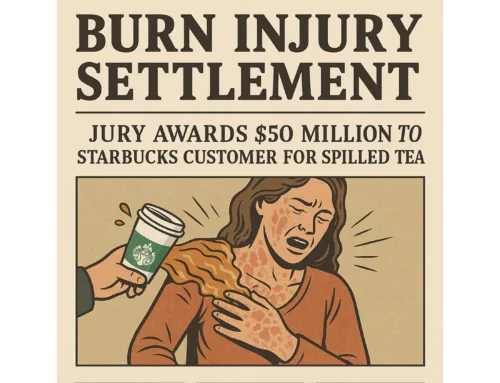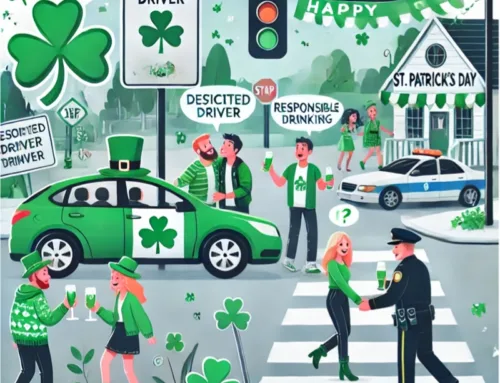Travel of any kind has its risks. For instance, some people refuse to fly because they’re afraid of a plane crash. Airline crashes are tragedies, but part of the reason every crash stays in the headlines for so long is because they’re rare. By contrast, road accidents involving heavy trucks are only becoming more frequent as the regulations governing commercial trucking are loosened.
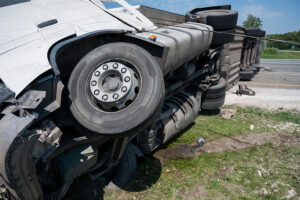 A recent deadly truck accident occurred in Berkeley Heights NJ along I-78 mile marker 43 – killing the driver when his dump truck careened off the side of the highway. As tragic as this accident is, it could have been even more tragic if multiple vehicles were involved.
A recent deadly truck accident occurred in Berkeley Heights NJ along I-78 mile marker 43 – killing the driver when his dump truck careened off the side of the highway. As tragic as this accident is, it could have been even more tragic if multiple vehicles were involved.
As of this writing, investigation into the crash continues, and the cause of the crash has not been determined. Given time and budget restraints on authorities, an independent accident reconstructionist may be needed to identify what may have caused the accident.
Major causes for truck accidents include:
- Poor maintenance of the truck
- Tire defects
- Truck accidents
- Driver exhaustion
An NTSB report found that in 2013, less than 10% of the total miles traveled on the nation’s roads were driven by heavy commercial trucks, but those trucks were involved in about 25% of the deadly collisions that year. And nearly 5,000 deaths occurred due to crashes involving large trucks in 2018. Truck traffic during the pandemic in 2020 decreased, and so did truck fatalities by 2%.
Are dangerous roads the inevitable consequence of commercial trucking? Not necessarily. The automotive industry has developed numerous safety features designed to help prevent collisions or to reduce their severity. Anti-lock brakes, airbags, electronic stability control, and collision-avoidance devices are among the many safety features found in the majority of commercial trucks in Europe. However, safety advocates report that only about 3% of Class 8 trucks (the heaviest grade of truck, and the category into which most commercial tractor-trailers fall) in the US are equipped with collision-avoidance technology.
Major trucking companies resist implementing these devices because of the money it would cost them to upgrade or replace their rigs. They seem unperturbed by how much accidents involving their trucks cost the public and the nation. Centers for Disease Control and Prevention estimates place the cost of truck and bus collisions nationwide at around $99 billion every year. To put that in perspective, it’s estimated that the trucking industry brings in about $700 billion in profits on a yearly basis. Is it simply cheaper for the trucking industry to pay liability claims when they arise by way of buying insurance, compared to the cost of implementing safety features that would protect the driving public? You can judge for yourself.
Unfortunately, money talks, and Congress listens. Rather than improving regulations to make our highways safer from deadly truck accidents, Congress has loosened regulations and made it more difficult for regulatory agencies to protect motorists. Formerly, regulatory statutes mandated that a truck driver must have 34 hours of off-time, spanning two nights, in order to restart their work week, which resulted in no driver putting in more than 70 hours on the clock over a period of eight days. Congress suspended that rule, allowing trucking companies to make drivers work up to 82 hours over an eight-day period.
This is not the only unpopular and dangerous position on trucking that Congress supports. It discouraged the Federal Motor Carrier Safety Administration from spending money toward wireless technology that would have enabled them to monitor drivers and vehicles more effectively. It has indicated a willingness to alter regulations to increase the weight and length maximums on commercial trucks, potentially leading to the prevalence of triple-trailers on our highways. Some members of Congress even want to lower the minimum age of commercial truck drivers permitted on interstate routes from 21 to 18, letting less experienced drivers operate the vehicles they simultaneously want to make even bigger and heavier. And last but certainly not least, there is an ongoing debate on how much insurance truckers should be required to carry in case a serious collision does occur.
Overall car accident death rates dropped 3 percent from 2009 to 2013, but in that time period, fatality rates spiked upward by 17 percent for crashes involving trucks. Over 85 percent of those killed were people who were not in the truck – occupants in passenger vehicles or pedestrians. Large commercial vehicles are a danger to everyone on the road, and further loosening regulations only makes them more dangerous and deadly.
Contact MyNJInjuryLawyer Howard P. Lesnik
If you or a loved one suffered an injury in an accident in NJ, you should contact an attorney familiar with handling these claims. An experienced NJ Injury Lawyer will know how to obtain medical records, videos, photographs, experts, locate witnesses and contact the insurance company so you can make a claim for your injuries.
My NJ Injury Lawyer Howard P. Lesnik, Esq. offers complimentary strategy sessions to address any issue or questions you may have for your injury claim in NJ.
Please contact NJ Injury Lawyer Howard Lesnik, Esq., immediately if you were involved in an accident. I personally handle NJ personal injury cases on a regular basis. Please contact me now by email, by phoning 908.264.7701, or by completing the form to the right to schedule your complimentary 30-minute strategy session.



